Every mango has a purpose. Some are called ‘dessert mangos’ because they are completely fiberless with exquisite flavor and fragrance (Glenn, Carrie, Nam Doc Mai). Those are best eaten fresh and unadorned. Other mangos, as I have learned recently, are best eaten unripe.
And then there are those mangos often considered inferior by connoisseurs. They might have some fiber or lack depth in flavor. One such mango is the Tommy Atkins, found in grocery stores across the country. But there is one thing the Tommy Atkins is exceptional for: dehydrating.
If you try to dehydrate a fiberless dessert mango it will completely dissolve. A mango with a bit of fiber is what you need. Drying also concentrates and caramelizes the flavor, so a mediocre mango will end up tasting fantastic. You’re left with an addictive mango snack. The Tommy Atkins mango has found its calling.
Chewy Mango Slices
Ingredients:
- Mangos
Directions:
To make it worth your while, use at least 3 mangos. That is enough for one rack the size of a baking sheet. Slice the mangos 1/4-inch thick. Place them in a colander and allow them to drain off excess juice for about 30 minutes, stirring occasionally.
If you’re using a food dehydrator, arrange the slices on the racks. For the oven method, assemble baking racks over a baking sheet lined with parchment paper or a silicone baking mat. Arrange the slices on the racks. For either method, be sure to leave a little bit of space between the slices so air flows around them.
For the food dehydrator, adjust the heat according to the manufacturer’s directions for drying fruit. If using the oven, keep it to the lowest setting possible, and use the convection fan if available. The time will vary according to the humidity levels, heat, and juiciness of the mangos. I find both methods take between 8 and 10 hours. You’ll have to test them toward the end. They should not be juicy in the middle, but also don’t let them go so long that they’re hard. Pliable + chewy = done. If you notice some are done before the rest, remove them.
These keep at room temperature in an air-tight container for a couple weeks. Extend their life even more by storing them in the refrigerator or freezer until you’re ready to eat them.

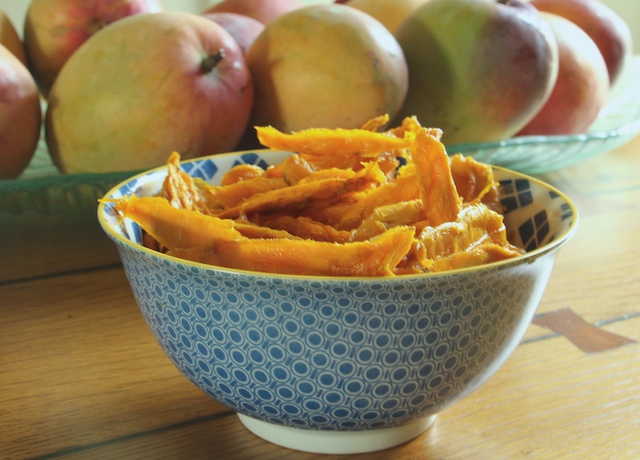
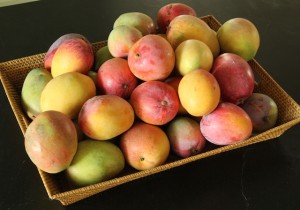
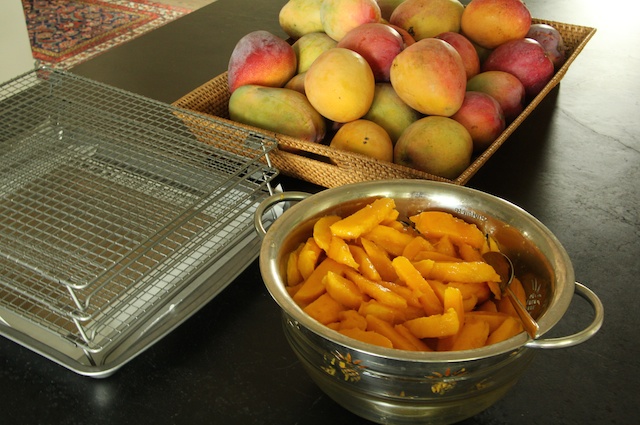
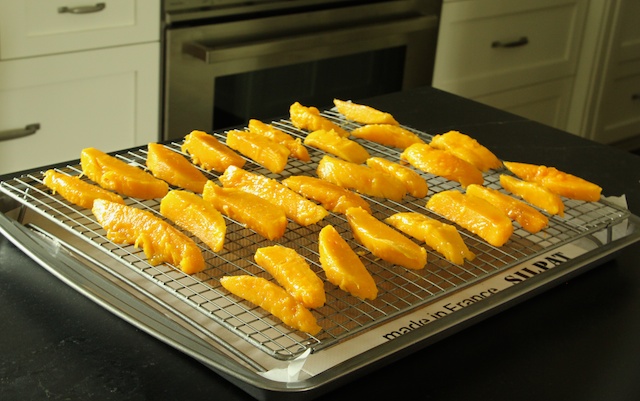
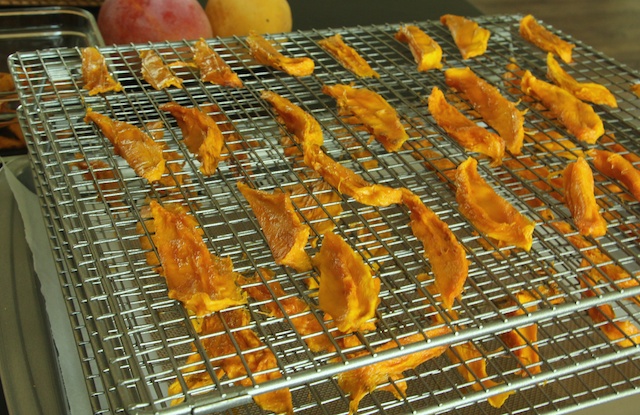
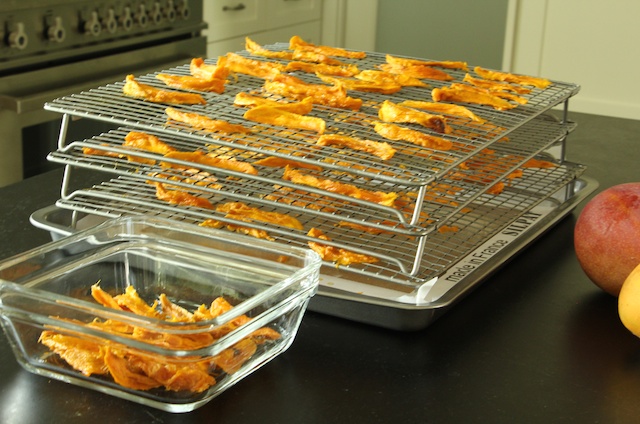

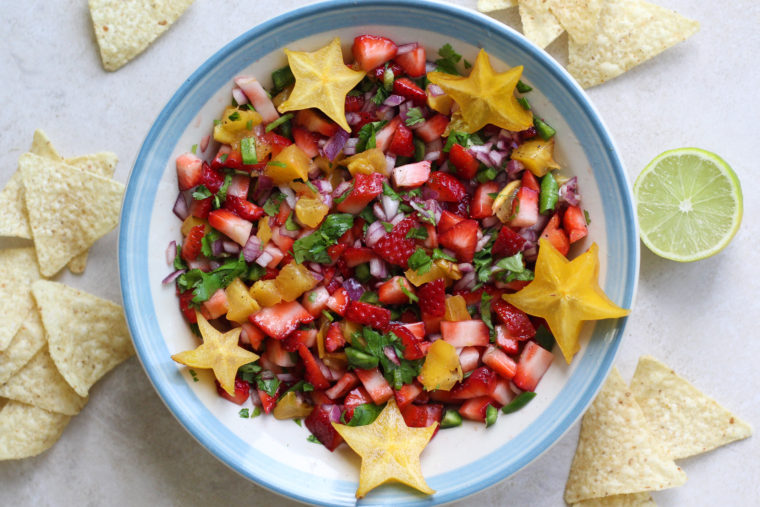

Pingback: Mango Season: A Field Guide | Suwannee Rose
I just found this site. Hallelujah! My husband and I moved back to Florida 7 years ago and bought I lovely small home in Indiatlantic Florida on the barrier island. It had a Beautiful mango tree in the backyard. The first few years we would get maybe 50 mangoes one year we got over 100 and were thrilled. Then the last few years only 20 or 30. We prayed for more mangoes. This year we picked well over 400. and there are over 100 still on the tree. Thanks for the mango butter recipe we are making it today. Like you I love mangoes and feed the neighborhood with them. I have a great mango bread recipe and we have also made mango martinis mango preserves mango salsa and mango chutney as well as dehydrating. If there’s something I missing please let me know.! I sure would like to know what kind of mango I have if I send you a picture of one can you tell me? I think you have the same variety it starts out green and turns a purple red yellow it’s more round not long. It ripens in July, early August.
Hey, Barb! So glad you found me! Yes, you can email me a pic at suwanneerose@gmail.com and I’ll try to identify it. This giant old tree is a Keitt, which is a pretty old variety and an all-around excellent mango. Also a very heavy producer. We also have around 400 this year. It’s a lot of work processing that many. I freeze a ton. I’m always working on more mango recipes! There’s a search bar at the bottom of every page here, so scroll through for more (one day I’ll get that recipe index working again).
Thanks for reaching out!